Many website owners and managers believe that creating a specific strategy for their remnant inventory is essentially giving up on their direct sales. This is not the case. In an optimal business model, both exist as a ying and a yang. Direct sales sell the highest value spots of your website’s ad inventory and remnant ad inventory is sold to ad networks that deal with large clients that aren’t willing to pay high CPM’s and are more interested in a large volume of eyeballs. Both tiers are very important in maximizing the revenue of your website.
Price Differentiation Strategy
This common two-tier strategy is called price differentiation. Instead of charging one price and risking selling everything at a low price or charging one high price and not selling the entire inventory, a website can charge a high price and a lower price to take advantage of two different target audiences. This simple theory allows your company to have the best of both worlds. You can charge a premium price to advertisers that value your premium advertising inventory high enough to pay premium CPM, and you can sell the remaining to ad networks who manage clients that wouldn’t pay premium CPMs anyway.
Defining the Divide Between Premium and Remnant Inventory
It is important to have a clear cut strategy for each advertising tier. Your sales team must have compelling reasons why the premium inventory is much more valuable than the remnant inventory. It is important that there is a clear divide between the two so that remnant ad inventory does not cannibalize the premium inventory.
Strategies to Differentiate Premium and Remnant Inventory
The following strategies would help define that divide between the two tiers:
- Serve premium inventory ahead of all remnant inventory ads. This guarantees that all premium ads are seen before remnant ads, which is very valuable to the advertiser.
- Serve premium inventory exclusively above the fold and/or on the homepage.
- Only offer multimedia ads (i.e. Pop-unders, fish ads, wallpapers, etc.) for premium inventory.
Mastering Price Floors: A Continuous Optimization Process
Price floors are not a set-it-and-forget-it solution. Continuous monitoring and adjustment are essential to maximize revenue from remnant inventory. Striking the right balance between profitability and fill rate requires a data-driven approach.
Data-Driven Insights for Optimal Pricing
Regularly analyze performance data to gain valuable insights into the optimal price points for each ad unit and audience segment. Factors like demand, seasonality, and competition can significantly impact the value of your inventory. By adjusting price floors dynamically based on these factors, you can ensure that your inventory is priced competitively while maximizing revenue.
Harnessing the Power of Data-Driven Pricing Models
To take your pricing strategy to the next level, consider implementing data-driven pricing models. These advanced models leverage machine learning and predictive analytics to forecast demand and automatically adjust price floors in real time. By analyzing user behavior, demand patterns, and the perceived value of each ad space, data-driven pricing models can optimize your revenue potential for every impression.
Exploring Diverse Pricing Models
Don’t limit yourself to a single pricing model. Experiment with different approaches like dynamic floors, tiered pricing, and floor + revenue share to discover the most effective strategy for your specific inventory and audience. Dynamic floors adjust in real time based on demand, while tiered pricing offers different price points for different levels of inventory quality. Floor + revenue share models combine a minimum price floor with a percentage of the revenue generated by the ad.
By adopting a proactive and data-driven approach to price floor management, you can unlock the full potential of your remnant inventory and achieve sustainable revenue growth.
Segment Inventory and Audience
To optimize remnant inventory monetization, it’s crucial to segment inventory based on various attributes such as:
- Ad Size: Different ad sizes may appeal to different advertisers. For example, larger formats like billboards or leaderboard ads may be more valuable to advertisers with branding campaigns, while smaller formats like banner ads may be suitable for performance-based campaigns.
- Placement: The placement of an ad within a website can significantly impact its visibility and effectiveness. Advertisers may be willing to pay more for premium placements like above-the-fold or on high-traffic pages.
- Audience Targeting: By analyzing user data and behavior, create audience segments based on demographics, interests, or browsing patterns.
By offering segmented inventory to advertisers, publishers can cater to their specific needs and preferences. This allows advertisers to select the ad formats, placements, and audience segments that align with their campaign goals. In turn, you can price segmented inventory based on the perceived value to advertisers.
More targeted inventory, such as high-traffic placements or specific audience segments, can command higher floors, increasing overall revenue.
This strategy not only benefits publishers but also provides advertisers with more relevant and effective advertising opportunities.
Passbacks: The Safety Net for Unsold Impressions

Passbacks capture unsold impressions missed by other ad networks. Here’s how it works: If your primary ad networks are unable to fill an impression due to factors like low demand or targeting restrictions, the passback network steps in. It acts as a last resort, ensuring that every available ad slot is filled and generating revenue. This not only maximizes your overall yield but also prevents valuable impressions from going to waste.
If you partner with networks boasting 100% fill rates across all regions, position them as the final safety net behind AdSense or Ad Exchange. This ensures every ad slot is filled, maximizing your revenue potential.
To leverage passbacks effectively, consider these tips:
- Choose reliable networks: Opt for passback networks with a proven track record of high fill rates and diverse demand sources.
- Prioritize high-performing networks: Place your top-performing networks as the first passback, followed by others in descending order of fill rate.
- Monitor performance: Regularly analyze passback performance to identify any underperforming networks and make necessary adjustments.
Use Ad Manager for Unsold Inventory Monetization
If you are using Google Ad Manager (GAM), you have several options to monetize your remnant inventory effectively:
Backfill with AdSense
A straightforward approach is to utilize AdSense as a backfill option. This allows AdSense to automatically fill any remaining ad spaces that haven’t been sold directly through GAM, ensuring that no impression goes to waste.
As a versatile backfill solution, AdSense seamlessly integrates with Ad Manager, ensuring that no ad space goes to waste. By utilizing AdSense, you can automatically fill unsold inventory with targeted ads, maximizing revenue potential.
This integration eliminates the need for manual intervention, streamlining the process and ensuring that every impression contributes to your bottom line. AdSense’s wide reach and diverse advertiser base increase the likelihood of finding relevant ads for your audience, further enhancing the value of your inventory.
Get an AdX Managed Partner
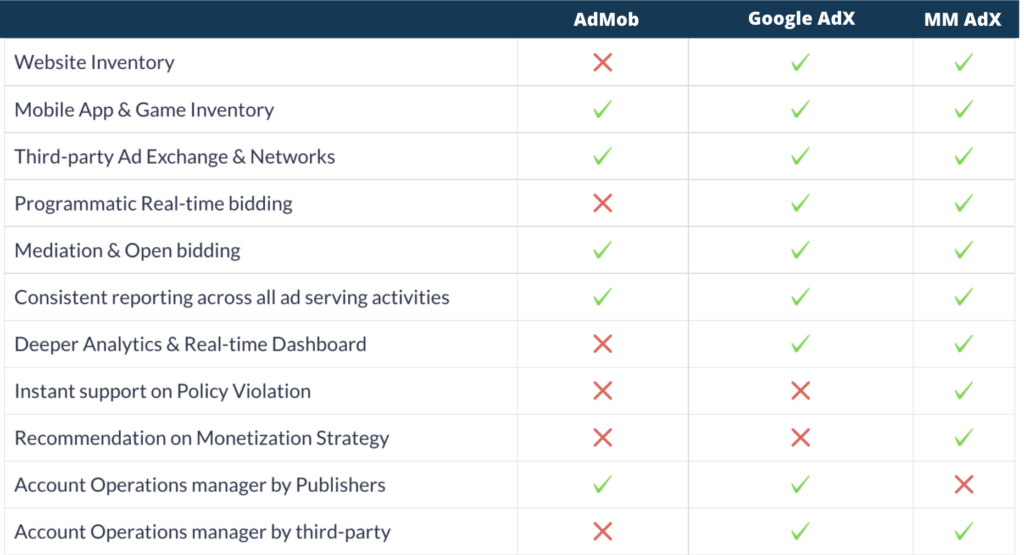
By making your inventory available on AdX, you open it up to a vast network of advertisers competing in real-time auctions, potentially driving up prices and increasing revenue.
AdX Managed Partners like MonetizeMore are authorized by Google to manage AdX accounts on behalf of publishers. These partners can provide access to their parent AdX account, allowing you to sell remnant inventory through AdX.
AdX Managed Partners can help you optimize your AdX setup and maximize revenue from remnant inventory. Unlock your hidden revenue streams and ensure that every ad impression is sold at the highest possible price.
Add Open Bidding and Header Bidding
To further enhance competition and maximize yield, consider incorporating open bidding and header bidding into your GAM setup. These technologies enable multiple demand sources to bid on your inventory simultaneously, creating a more competitive marketplace and driving higher prices.
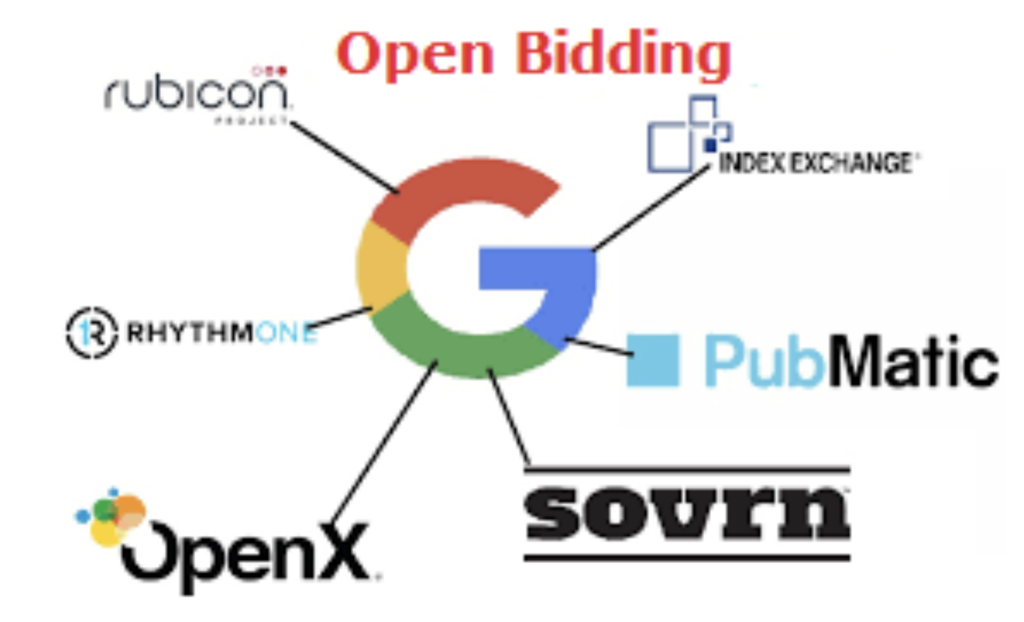
Open bidding revolutionizes the way publishers monetize their inventory by enabling multiple demand sources to compete simultaneously in real time. This fosters a dynamic marketplace where each impression is auctioned off to the highest bidder, ensuring that publishers receive the maximum value for their inventory.
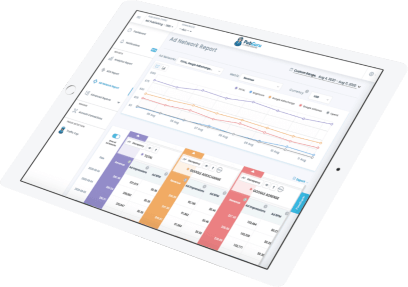
Header bidding further enhances this competitive landscape by facilitating real-time bidding from a wide range of demand sources. By expanding the pool of potential buyers, header bidding intensifies competition and drives up prices, ultimately increasing the site or app’s ad revenue potential.
This synergy creates a robust marketplace where demand sources vie for ad impressions, resulting in higher bids and ultimately, greater revenue generation.
By combining these strategies, you can effectively monetize your remnant inventory and increase your overall revenue from Ad Manager.
Best Ways to Monetize Unsold Ad Inventory
Here are some of the best ways to monetize unsold ad inventory:
Private Marketplaces (PMPs)
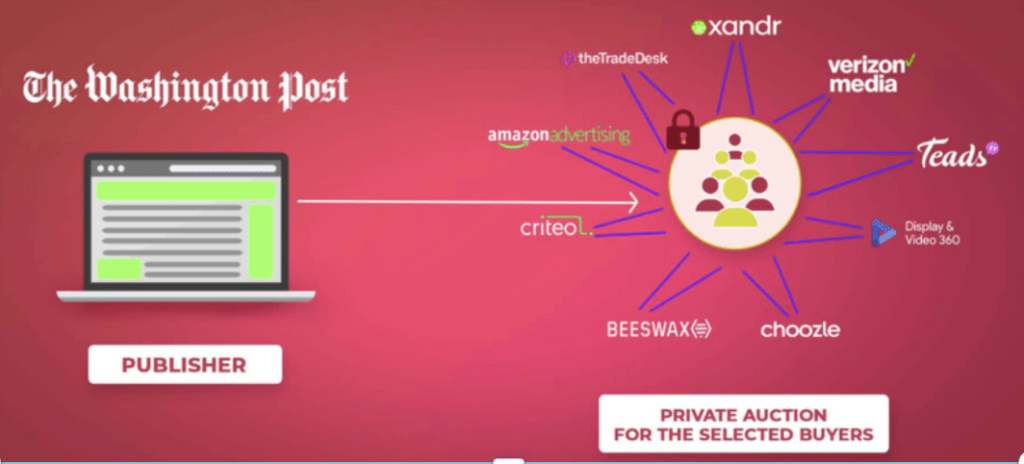
Setting up PMPs allows you to curate deals with select advertisers, offering premium inventory at negotiated rates. This hands-on approach gives way more control over pricing and ad quality compared to open exchanges, ensuring a premium experience for your audience and advertisers alike.
Programmatic Direct
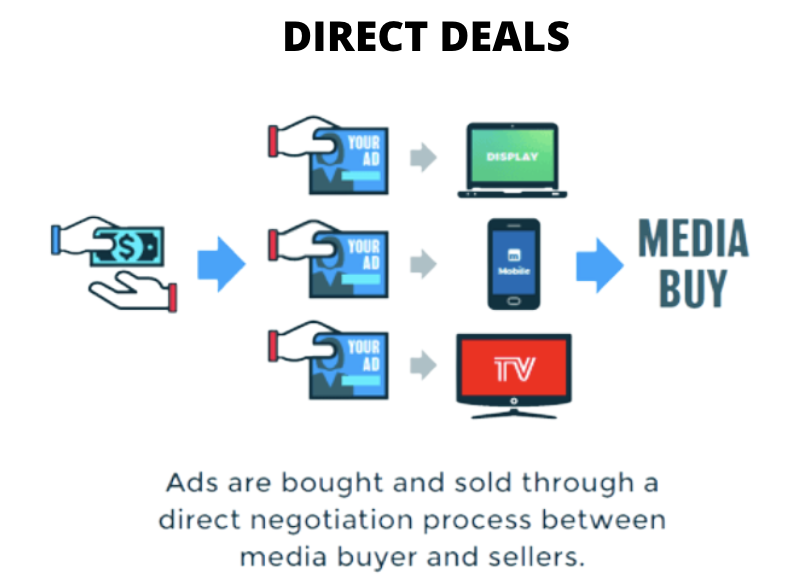
Streamline your sales process by leveraging programmatic direct deals and selling ad inventory directly to advertisers through automated systems. This efficient method lets you retain direct relationships with advertisers while harnessing the power of programmatic technology.
Remnant Ad Networks
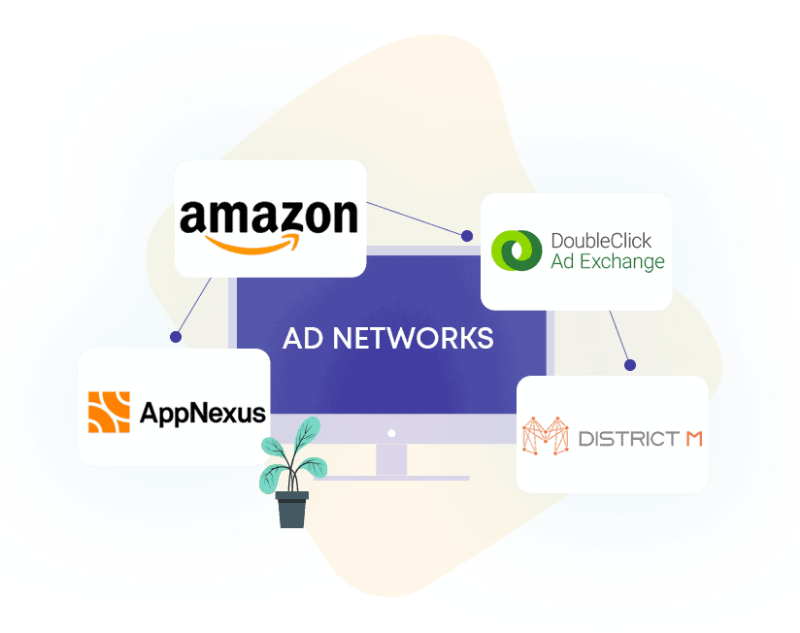
Any unsold inventory won’t go to waste. You can partner with remnant ad networks specializing in monetizing these impressions at competitive rates. These networks will connect you with multiple advertisers, ensuring that every impression contributes to your ad earnings.
House Ads
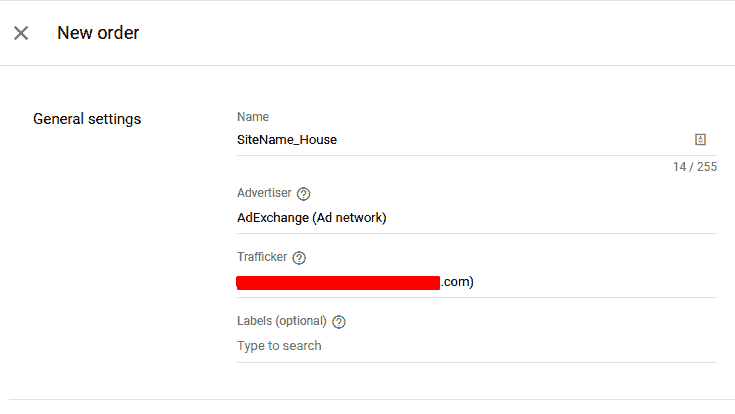
Unsold inventory can be transformed into promotional power. Using house ads, you can showcase your products or services, driving awareness and traffic while generating revenue.
Affiliate Marketing
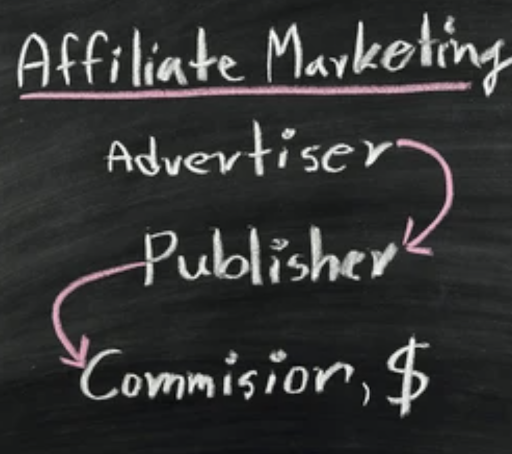
Affiliate marketing involves promoting third-party products or services and earning a commission on sales or leads generated. By promoting third-party products or services and earning a commission on resulting sales or leads, create a new income stream while offering valuable recommendations to your audience.
The Value of Remnant Inventory
In a perfect world, websites could sell every impression directly to advertisers. However, in the real world remnant inventory will be left whether you like it or not. Your remnant inventory can make a whole lot more than a fraction of your premium inventory.
Want us to take care of the monetization? Get started here!
source https://www.monetizemore.com/blog/why-remnant-ad-inventory-is-the-ying-to-your-direct-sales-yang/



0 Comments